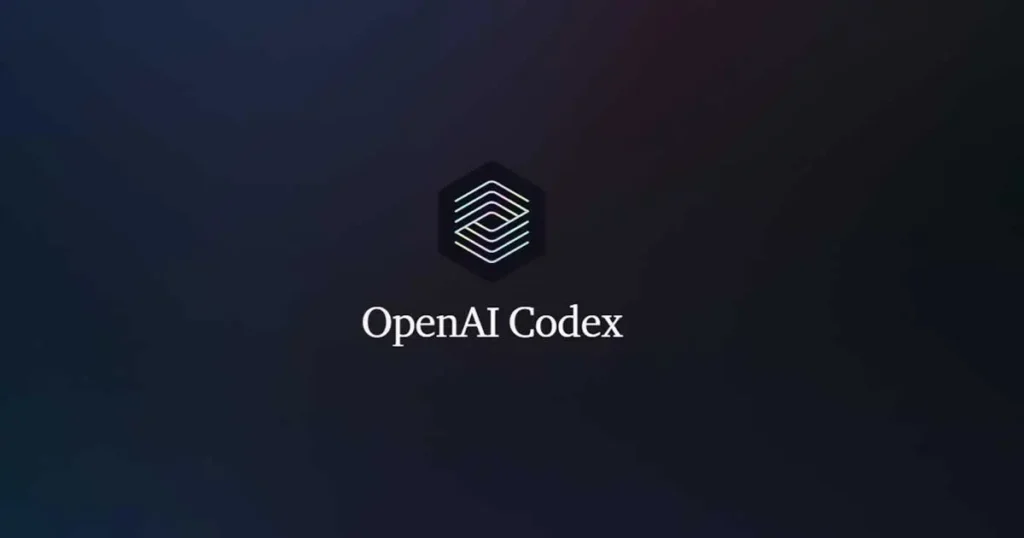OpenAI Unveils Codex: A New Era of Autonomous AI Coding Agents

OpenAI recently launched Codex, a cloud-based software engineering agent powered by the new codex-1 model, marking a significant evolution in its AI tooling for developers and enterprises. Announced on May 16, 2025, and immediately available as a research preview to ChatGPT Pro, Team, and Enterprise subscribers, Codex can autonomously handle tasks such as writing features, debugging, running tests, and proposing pull requests—all within secure, sandboxed environments preloaded with users’ codebases . Built on a specialized version of the o3 reasoning model optimized for software engineering, codex-1 produces cleaner, instruction-adherent code, iteratively running tests until passing results are achieved . This launch underscores OpenAI’s strategic push to strengthen its position in the competitive AI coding landscape—alongside rivals like Microsoft, Google, Amazon, and Anthropic—while integrating agentic AI more deeply into developer workflows.
Background on Codex
OpenAI unveiled Codex during a keynote event, positioning it as the company’s most capable AI coding agent to date. This marks the latest step in OpenAI’s progression from its original 2021 Codex coding tool to a fully agentic system designed for end-to-end software engineering tasks. By harnessing reinforcement learning on real-world coding tasks, codex-1 has been trained to generate code that mirrors human style and pull‑request preferences, ensuring high fidelity to user instructions.
Key Features and Capabilities
- Parallel Task Execution: It can work on multiple tasks simultaneously, enabling developers to delegate feature development, bug fixes, and test runs in parallel without blocking their own workflows.
- Sandboxed Environments: Each task runs in its own secure, cloud-based sandbox preloaded with the target repository, preserving users’ local environments and security practices .
- Automatic Testing Loop: Codex iteratively executes tests until a passing result is achieved, reducing manual debugging cycles and accelerating delivery timelines .
- Contextual Code Understanding: With deep integration into codebases, Codex can answer questions about existing code, propose pull requests, and adhere to organizational coding standards and styles.
Integration and Availability
Codex is available immediately as a research preview to ChatGPT Pro, Team, and Enterprise users at no additional cost. OpenAI plans to extend access to Plus and Edu subscribers in the near future, broadening its developer footprint. The Codex agent is integrated directly into the ChatGPT web app, operating offline to maintain a high security posture while still leveraging cloud compute for intensive tasks .
Competitive Landscape and Strategic Context
OpenAI’s Codex enters a crowded field of AI-assisted coding tools. Competitors such as Anthropic’s Sonnet models and Google’s AlphaEvolve are already making inroads with developers . To bolster its position, OpenAI is reportedly exploring a $3 billion acquisition of coding startup Windsurf, which would enhance its engineering tooling capabilities. Meanwhile, Microsoft has deepened its own AI agent strategy—integrating Azure SRE agents into GitHub Copilot and laying the groundwork for an “agentic web”—underscoring the intensifying rivalry in enterprise AI services .
Impact and Industry Reception
Industry analysts praise Codex’s potential to shift developers’ focus from low-level coding chores to higher-order design, orchestration, and communication work. “Agentic AI agents like Codex are redefining software development by taking on routine tasks and enabling engineers to tackle strategic challenges,” noted Tom Smith of DevOps.com . Early adopters within OpenAI report that Codex has streamlined on-call service maintenance and parallel task management, hinting at productivity gains across engineering teams
Future Prospects and Outlook
As a research preview, Codex will evolve based on user feedback, with OpenAI focusing on risk mitigation, refinement of autonomous capabilities, and deeper integrations with enterprise toolchains . Looking ahead, OpenAI aims to extend its autonomy—potentially enabling it to manage full development cycles from planning to deployment—while maintaining rigorous security and compliance standards. This trajectory aligns with the broader industry trend toward agentic AI, promising to accelerate innovation and reshape how software is built and maintained.
Getting Started
CometAPI provides a unified REST interface that aggregates hundreds of AI models—including ChatGPT family—under a consistent endpoint, with built-in API-key management, usage quotas, and billing dashboards. Instead of juggling multiple vendor URLs and credentials.
Developers can access GPT-image-1 API (GPT‑4o image API, model name: gpt-image-1) etc through CometAPI. To begin, explore the model’s capabilities in the Playground and consult the API guide for detailed instructions. Note that some developers may need to verify their organization before using the model.


